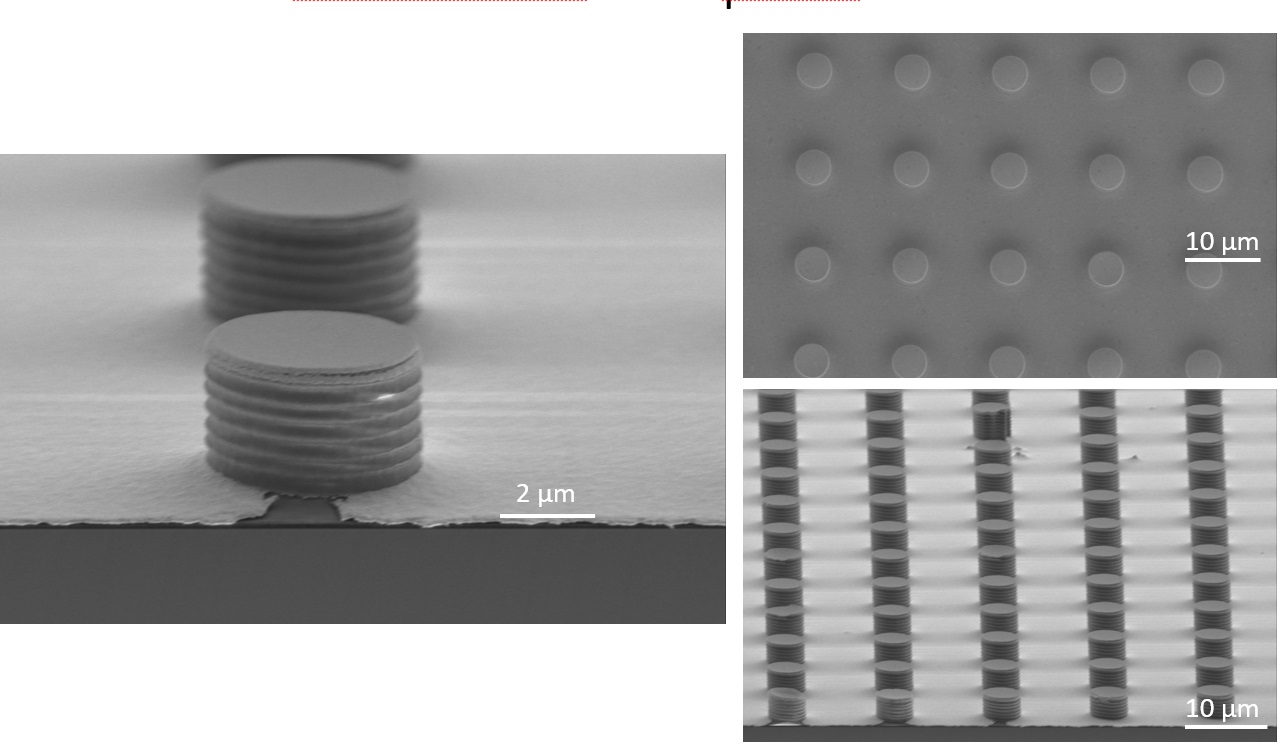The Dynamo project, a beacon of innovation in the realm of imaging technology funded under the Horizon Europe programme, was specifically framed within the Pathfinder call. This call is dedicated to the most groundbreaking research projects, those that aim to forge new paths in scientific inquiry and technological development.
The Dynamo project not only highlights its pioneering vision but also sets a high standard for future research endeavors in this field. Central to these developments is the work of the NANOPTO research group at the Institute of Materials Science of Barcelona (ICMAB – CSIC).
NANOPTO’s contribution to the Dynamo project has focused on the fabrication of highly sophisticated nano and micro-structured surfaces. These nanostructures, formed either by pillars or holes sizes between 300 nm to 2 microns are crafted using a range of materials. Each material choice is strategic, aimed at optimizing the light-responsive characteristics of these surfaces.
The team employs advanced fabrication techniques such as the scalable nanoimprint lithography to achieve the required precision at such a microscopic scale. At this point, one of the most extended fabrication techniques is the electron beam lithography (EBL) which presents a size limitation. Only surfaces of a few hundred microns could be fabricated in a reasonable time with the EBL technique.
However, with the technique used by the Nanopto team, surfaces of several square centimeters can be fabricated. Specifically, for the smallest surfaces (nano) it has been used the soft imprinting technique and for the micro surfaces, the team has used both, soft imprinting and laser writing
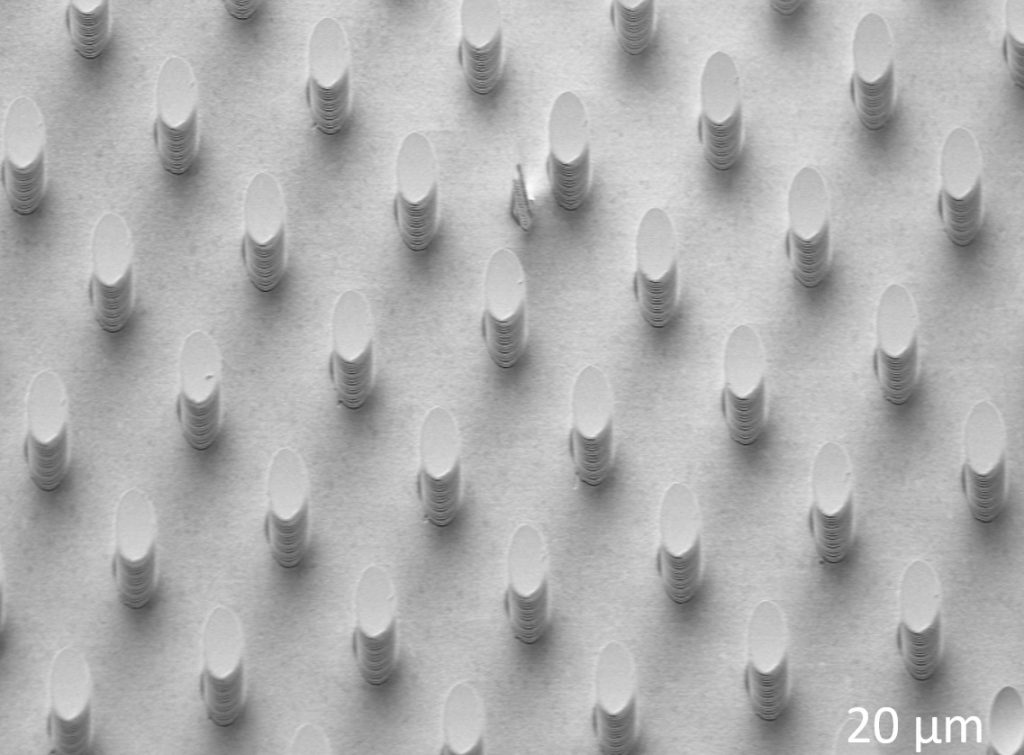
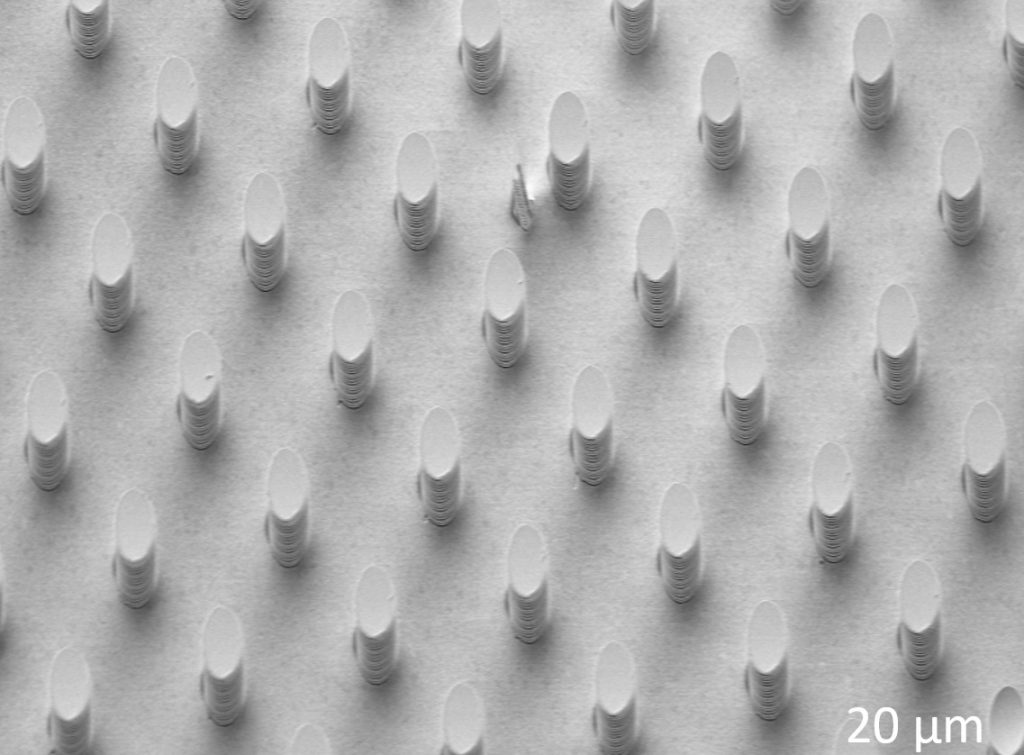
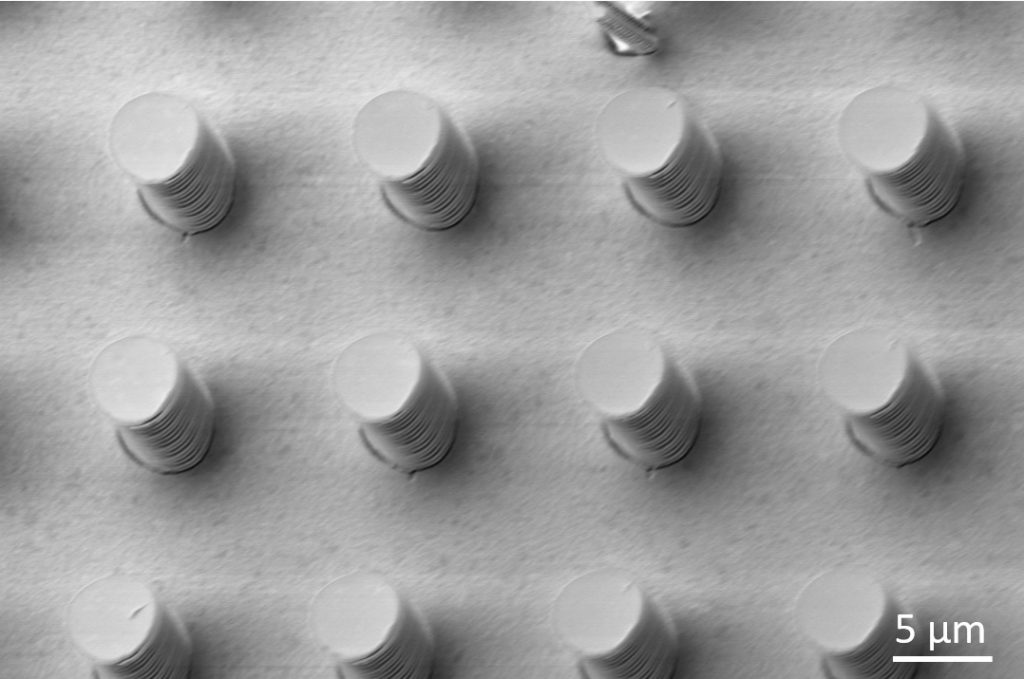
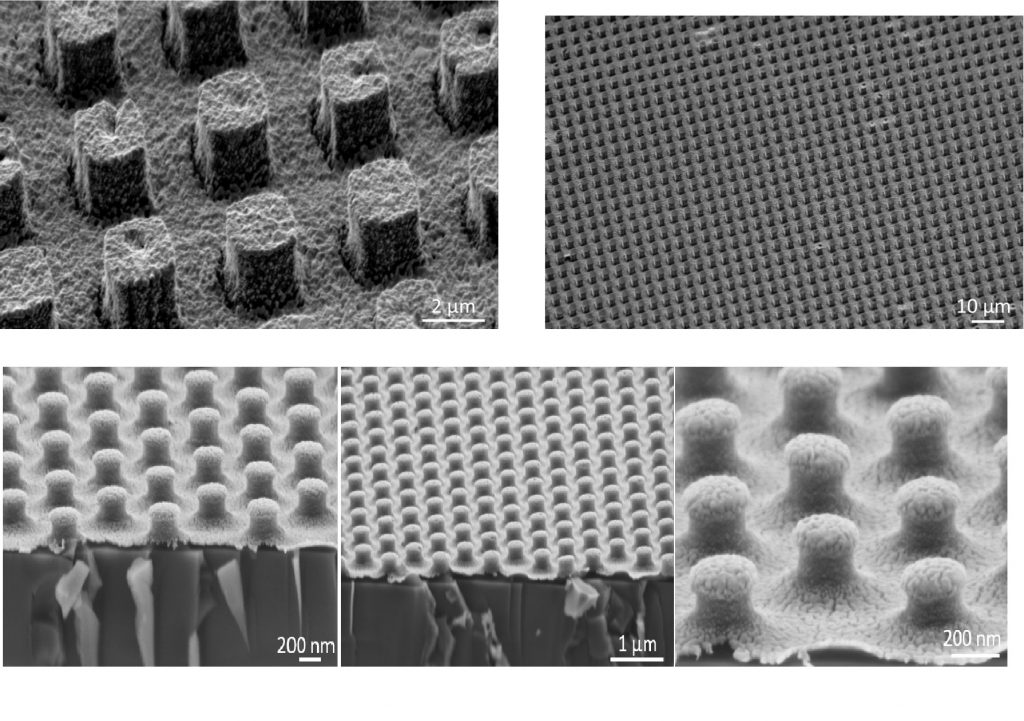
These microstructures are crucial for the Dynamo project’s goal of achieving ultra-fast spatial light modulation. When these surfaces are hit by laser light acoustic waves are launched just as the ripples from when a stone hits a water pond. This analogy helps illustrate the delicate yet powerful impact these microstructures have in modulating light at unprecedented speeds.
This breakthrough is not just about faster imaging; it’s about enabling technologies that were previously unattainable.
As the project progresses, it promises to redefine the limits of what’s possible in imaging and beyond.

